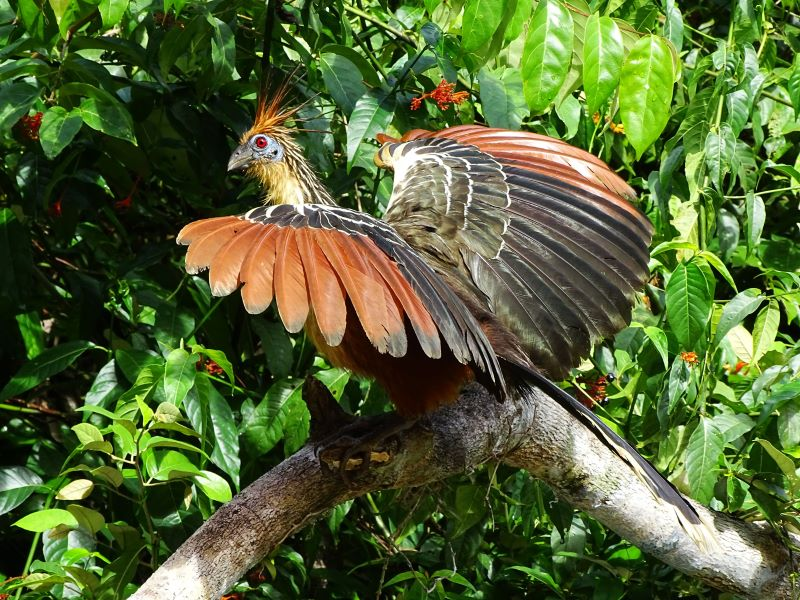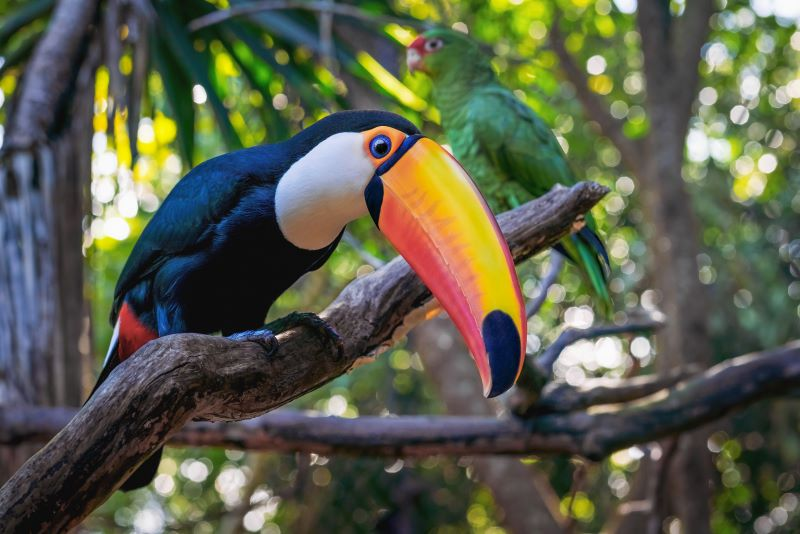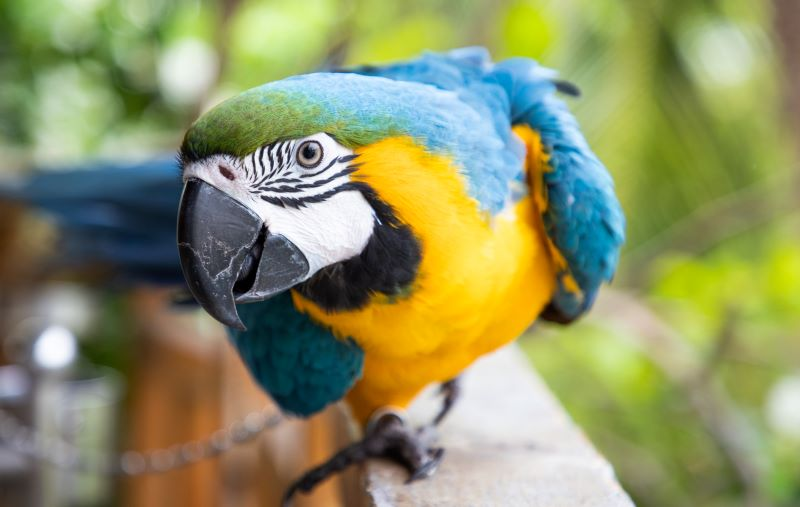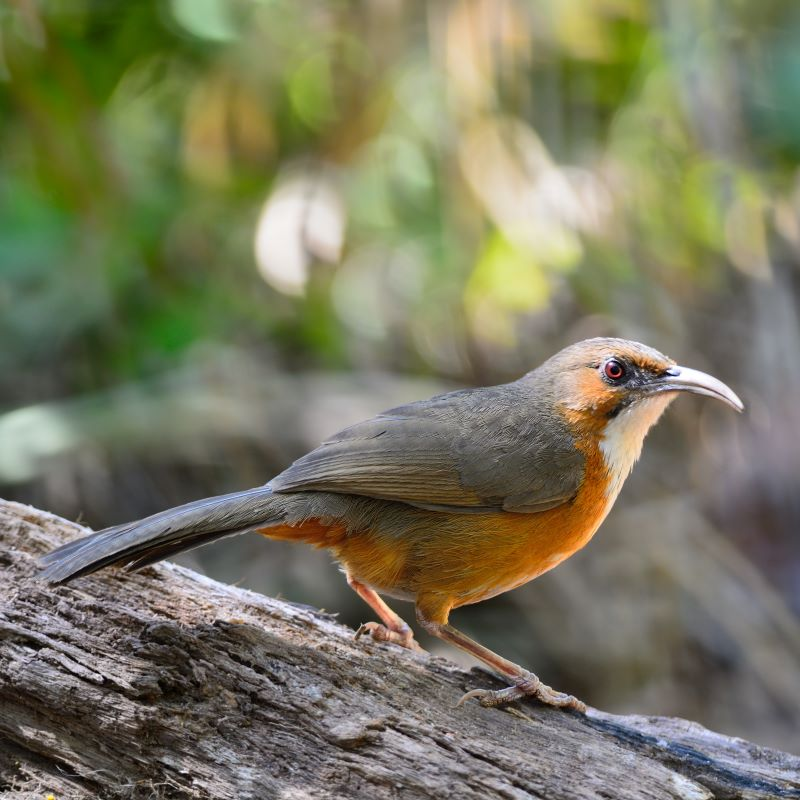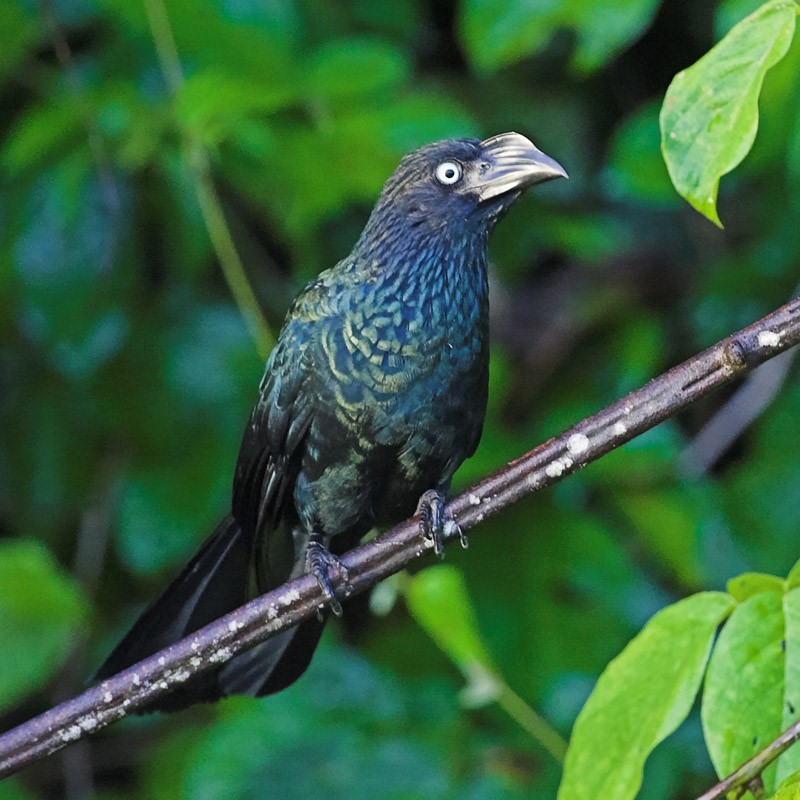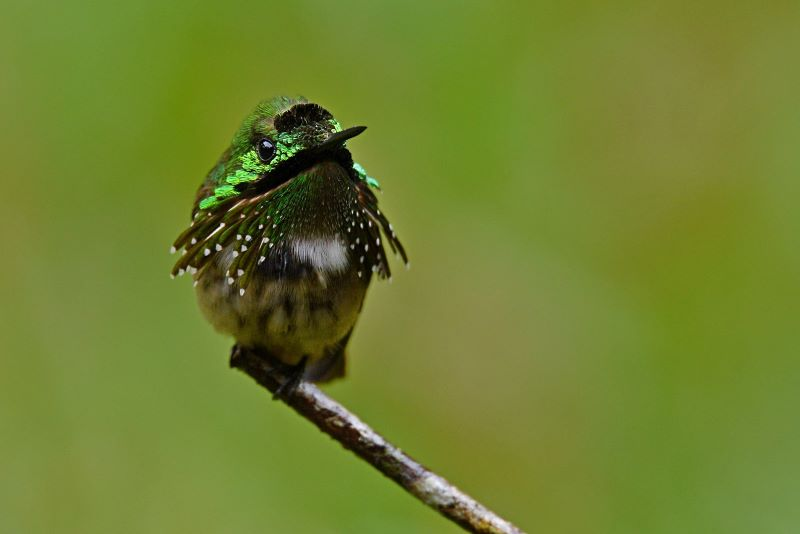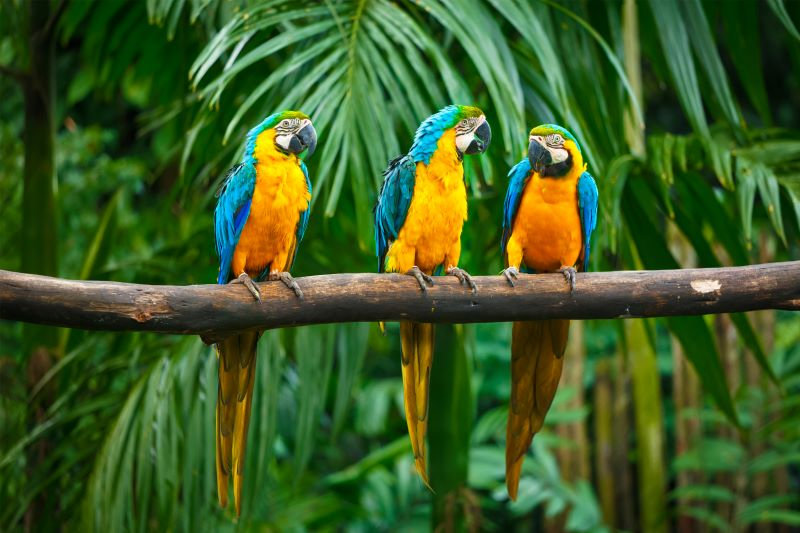Discover the Beauty of the Amazon Rainforest Birds
The Amazon Rainforest, located in South America, often referred to as the "Lungs of the Earth," is a treasure trove of biodiversity and home to world's rarest bird species.
Among its many wonders, the avian life of the Amazon stands out, captivating birdwatchers and nature enthusiasts from around the globe.
Home to over 1,500 bird species, the Amazon rainforest offers a spectacular display of colors, sounds, and behaviors. Let’s embark on a journey to explore some new species of the most fascinating birds that inhabit this lush paradise.
11 Bird Species that Exist in the Amazon
The Harpy Eagle: The Apex Predator
Harpy Eagles, one of the largest and most powerful eagles in the world, symbolize strength and majesty. These formidable raptors have a wingspan that can reach up to 7.5 feet and can weigh up to 20 pounds.
Dominating the forest canopy, they prey on monkeys, sloths, and other mammals, using their powerful talons to snatch prey from the trees. The Harpy Eagle's striking black and white plumage, crowned with a double crest, makes it easily recognizable.
Spotting a Harpy Eagle in its natural habitat is a once-in-a-lifetime experience that leaves a lasting impression on anyone lucky enough to witness it.
The Scarlet Macaw: A Burst of Color
No bird represents the vibrancy of the Amazon quite like the Scarlet Macaw. With its bright red, yellow, and blue feathers, this parrot is a living rainbow. Scarlet Macaws are known for their strong, sociable bonds, often seen flying in pairs or small flocks.
This beautiful bird is highly intelligent, capable of mimicking human speech and solving complex problems. Their loud, raucous calls echo through the rainforest, adding to the symphony of nature.
Observing these intelligent and playful birds is a true delight for any visitor, and their presence is a testament to the rich biodiversity of the Amazon.
The Hoatzin: The Ancient Bird
The Hoatzin, often called the "Stinkbird" due to its unique odor, is a fascinating relic from the past. This bird's lineage dates back millions of years, and it possesses several primitive features not found in modern birds.
The Hoatzin is notable for its blue facial skin, red eyes, and spiky crest. Found near rivers and swamps, it feeds on leaves and has a digestive system similar to that of a cow, using bacterial fermentation to break down its food.
Watching a Hoatzin navigate its watery habitat feels like stepping back in time, offering a glimpse into an ancient world where dinosaurs once roamed.
The Amazonian Royal Flycatcher: The Crowned Performer
The Amazonian Royal Flycatcher may be small, but it makes a big impression with its extravagant crest. When excited, this crest fans out into a spectacular display of red, orange, and yellow feathers, resembling a crown.
This insect-eating bird is often seen darting through trees and the underbrush, catching prey on the wing. Its elaborate courtship rituals and striking appearance make it a favorite among birdwatchers.
The Royal Flycatcher's agile flight and vibrant crest display are captivating sights, providing endless opportunities for observation and photography.
The Toucan: The Iconic Symbol
Toucans, with their oversized, colorful bills, are perhaps the most iconic birds of the Amazon. The most famous species, the Keel-billed Toucan, sports a bill with an array of colors—green, blue, orange, and red.
Despite its large size, the bill is surprisingly light, aiding in thermoregulation and fruit gathering. Toucans are social birds, often seen in small flocks, and their playful antics and loud calls are a joy to observe.
They play a crucial role in the ecosystem by dispersing seeds from the fruits they eat, contributing to the regeneration of the rainforest.
The Blue and Yellow Macaw: The Spectacular Acrobat
The Blue and Yellow Macaw, also known as the Blue and Gold Macaw, with its vivid blue and yellow plumage, is a breathtaking sight in the Amazonian skies. Known for their agility and acrobatic flight, these macaws are highly intelligent and social creatures.
They are often seen flying in pairs or family groups, and their powerful beaks are adept at cracking open nuts, fruits, and seeds. Their loud, resonant calls can be heard echoing through the forest, signaling their presence.
These macaws form strong pair bonds and are known for their lifelong monogamy, making them a symbol of loyalty and companionship.
The Capped Heron: The Elegant Fisher
The Capped Heron is a striking bird found along the waterways of the Amazon. Its creamy-white plumage contrasts with a black cap and vibrant blue facial skin, making it one of the most beautiful herons in the world.
This elegant bird is often seen wading slowly through shallow waters, hunting for fish and amphibians. Its graceful movements and serene demeanor provide a calming presence in the bustling rainforest.
The Capped Heron’s distinctive appearance and tranquil hunting style make it a favorite among photographers and birdwatchers alike.
The Rufous-bellied Thrush: The Melodic Singer
The Rufous-bellied Thrush, the national bird of Brazil, is celebrated for its beautiful song. This medium-sized bird has a warm, rufous-colored belly and a melodious voice that fills the air with complex, flute-like notes.
Found in the forest understory, it feeds on insects, flowers, plants, and fruit. The Rufous-bellied Thrush's enchanting song is a delightful soundtrack to any Amazonian adventure, often heard during the early mornings and late afternoons.
Its presence in gardens and forests makes it a beloved bird across Brazil, symbolizing the harmony and beauty of nature.
The Greater Ani: The Social Communicator
The Greater Ani is a member of the cuckoo family and is known for its striking glossy black plumage and bright yellow eyes.
These birds are highly social and often seen in small groups. They communicate with a variety of calls and are known for their cooperative breeding behavior, where females from multiple pairs share a communal nest.
Observing the social interactions and intricate calls of the Greater Ani provides a fascinating glimpse into the complex world of tropical rainforest birdlife. Their cooperative nature and vocal communication make them an intriguing subject for bird enthusiasts.
The Festive Coquette: The Jewel of the Canopy
The Festive Coquette is a tiny but dazzling hummingbird, renowned for its iridescent plumage and vibrant colors. The males sport a spectacular combination of green, orange, and gold feathers, with a crest that fans out in a display reminiscent of a peacock.
These energetic birds flit through the forest canopy, feeding on nectar from a variety of flowers. Their rapid wing beats and dazzling appearances make them a mesmerizing sight for any observer.
Despite their small size, Festive Coquettes are bold and territorial, often engaging in aerial battles to defend their feeding grounds.
The Sunbittern: The Winged Spectacle
The Sunbittern is a unique and striking bird, easily recognized by its distinctive wing pattern. When threatened or during courtship displays, it spreads its wings to reveal a stunning pattern of eyespots and stripes in vibrant shades of orange, yellow, and black.
This behavior mimics the appearance of a larger predator and helps deter potential threats. Found near rivers and streams, the Sunbittern's graceful movements and spectacular wing displays make it a captivating subject for birdwatchers and photographers alike.
Their solitary and elusive nature adds an element of excitement to the challenge of spotting one in the wild.
Exploring Central and South America: A Birdwatcher's Paradise
For bird enthusiasts, tropical rainforests are a prime bird habitat. Whether you're navigating the winding rivers, hiking through dense jungle trails, or staying in an eco-lodge, the opportunities to observe these incredible birds are endless. Central and South America, with their lush rainforests and diverse ecosystems, offer some of the best birdwatching experiences in the world.
A guided birdwatching tour led by experienced ornithologists who have an intimate knowledge of the region's avian life is the way to go. These experts not only help you spot and identify a wide variety of bird species but also share fascinating insights into their behaviors, habitats, and conservation statuses.
Many bird species in these regions are threatened by habitat loss and other environmental pressures. Our tours emphasize sustainable practices and support local conservation efforts, ensuring that these magnificent birds and their habitats are preserved for future generations.
Join us for an unforgettable journey into the heart of the Amazon and tropical forests, where every sighting is a testament to the rich tapestry of life that thrives in these unparalleled ecosystems.



